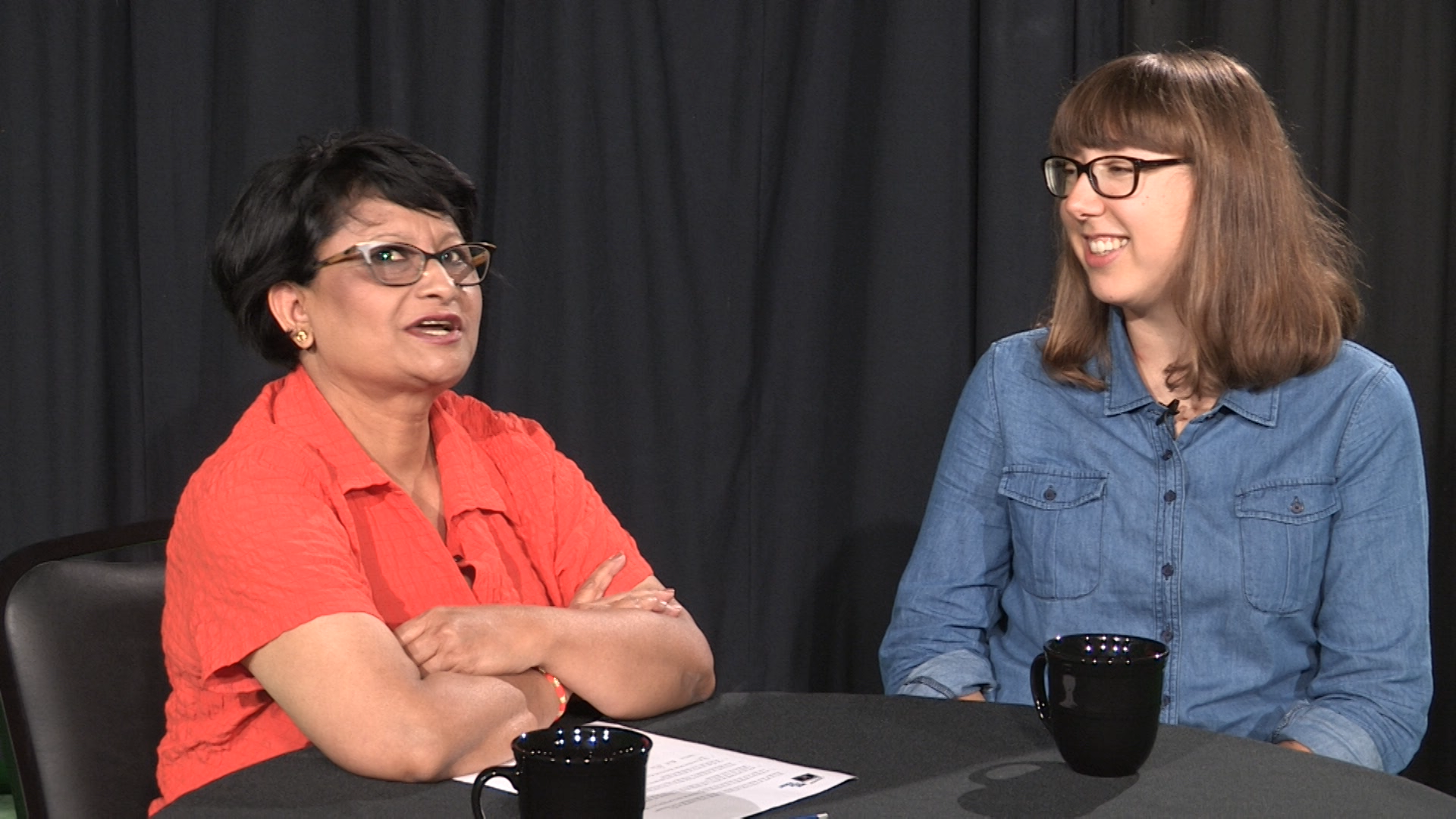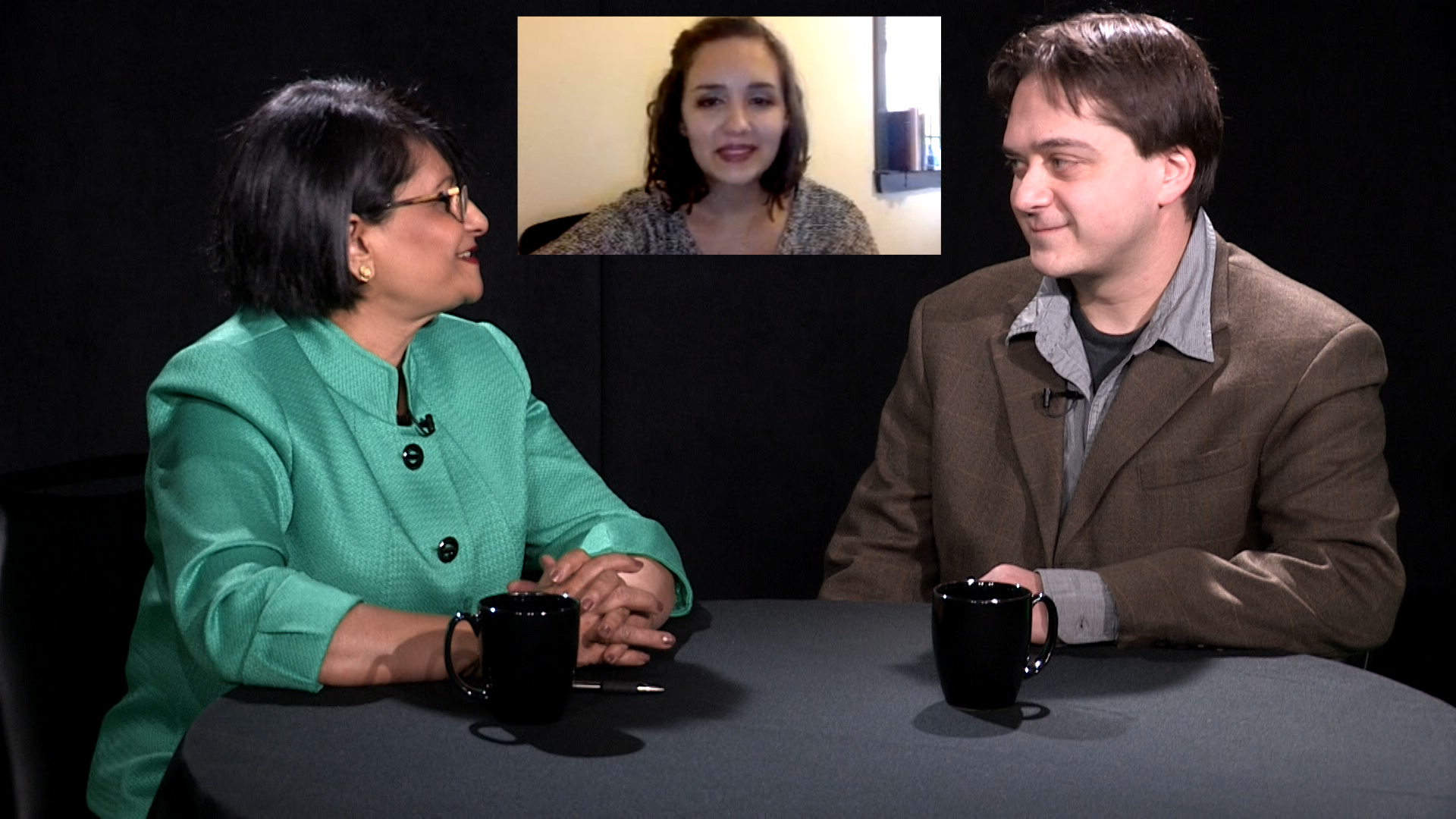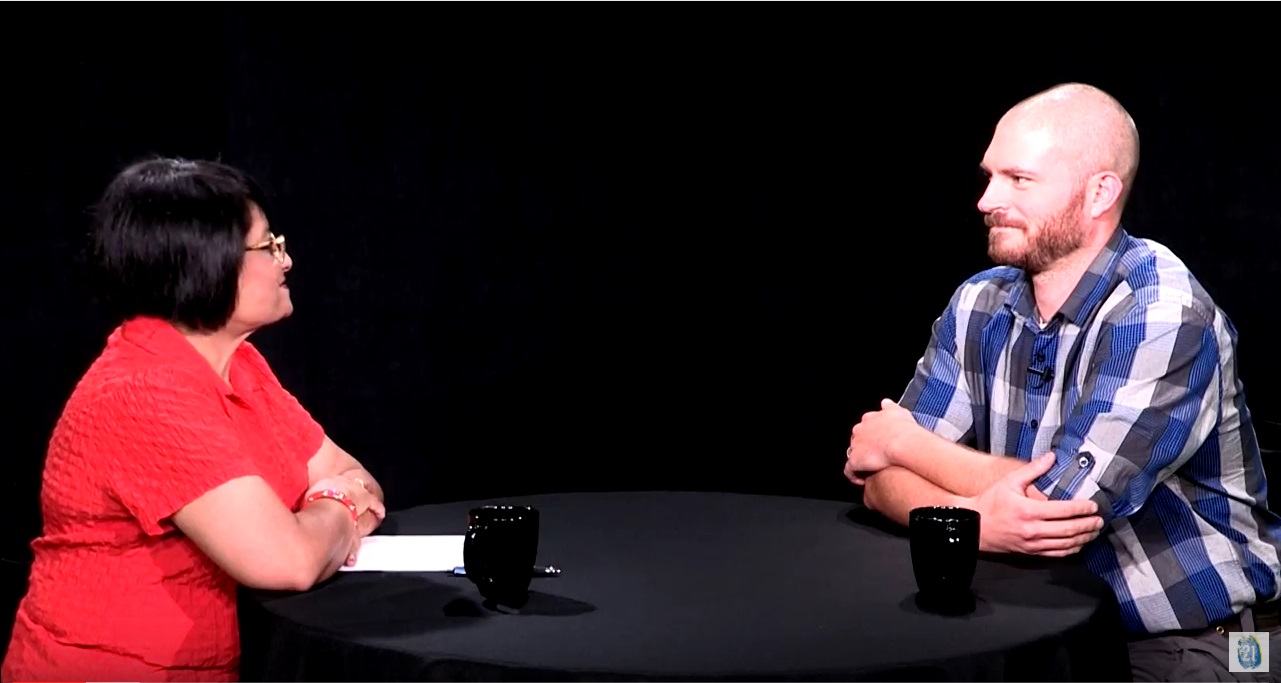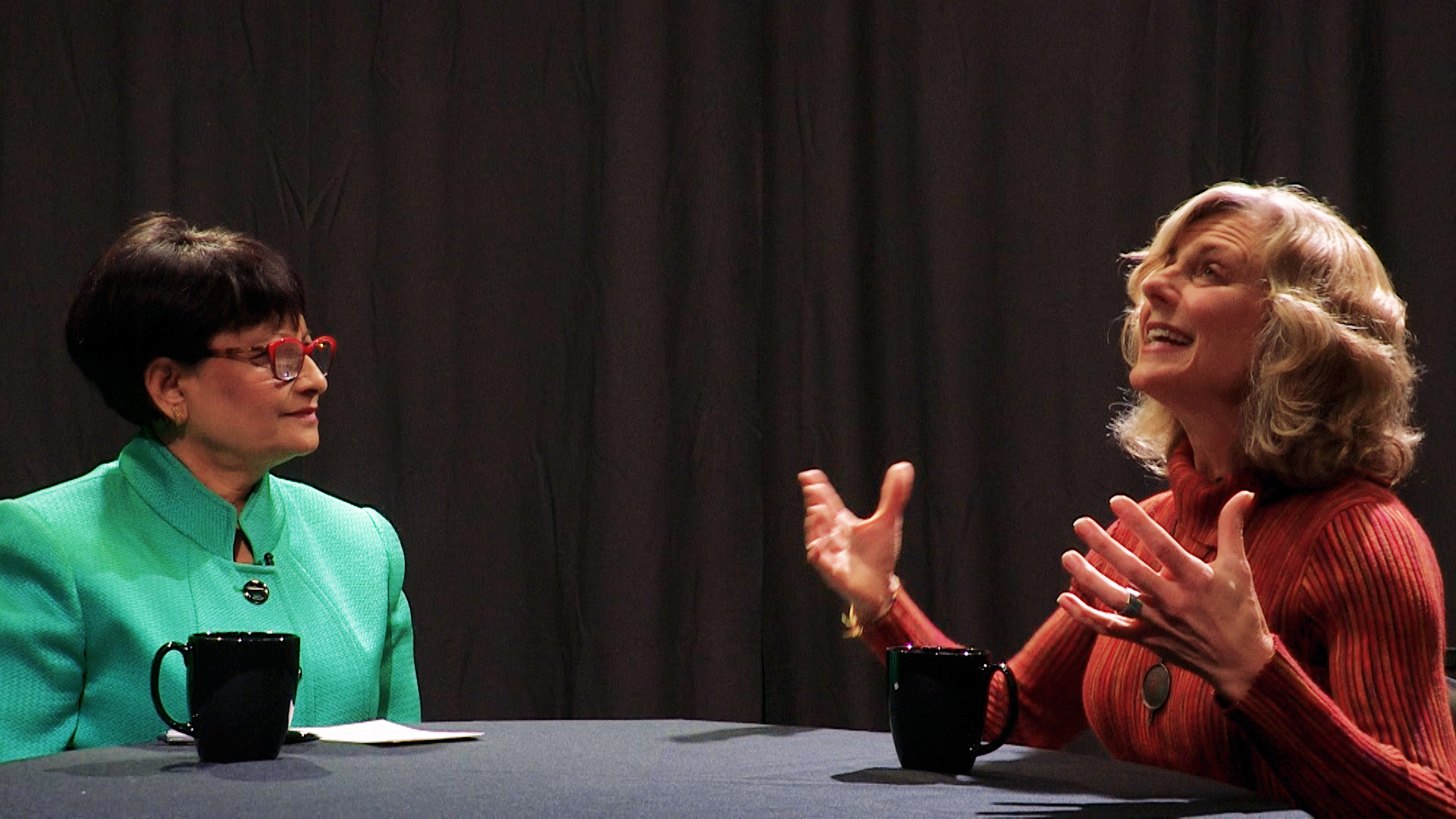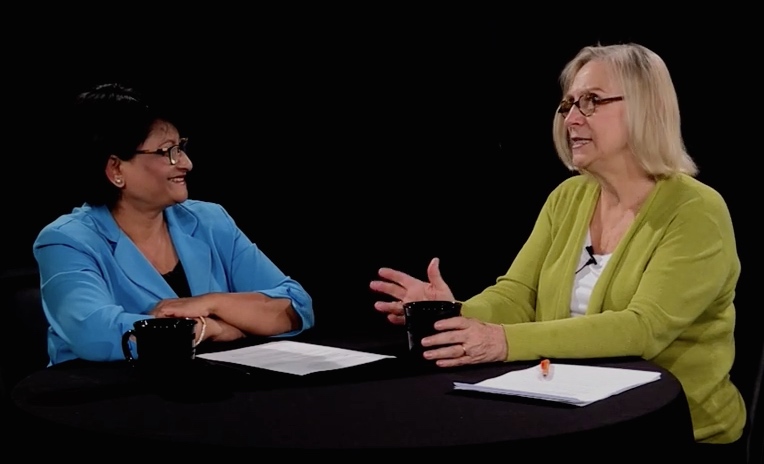The Internet is a complicated space for most young women. One the one hand, it’s a site of frequent abuse, where women’s bodies are passed around like objects, criticized without recourse, violently threatened and harassed. And yet, the web also carves out a realm for incredible creativity, community, activism and inspiration.
As both a concentrated mirror of sexism as it exists offline, and a stage to bring personal issues into the public sphere, the Internet has become a powerful place for feminism to declare its home base.
In his new documentary film “The F Word,” filmmaker Robert Adanto highlights the contemporary artists using new media to bring fourth-wave feminism to the World Wide Web. Whether they are promiscuous, prude, pro athlete, porn star, selfie-addict, devout Christian, theorist, cheerleader — these fourth wavers believe the only truly feminist choice is a choice a woman makes freely for herself. So bring on the hair flipping, vocal fry, cleavage, baby talk and whatever other traditionally maligned feminine habits you please. There’s no shame in being a womanly woman or girly girl.
“Feminism as these women define it is very different from what you’ll get in soundbites on the news,” filmmaker Adanto explained to The Huffington Post. “I think we’ve demeaned that word as a culture. It remains the ‘F word.’”
Through video, performance, photography and a combination of the three, the featured artists make art that is powerful because of, not in spite of, their gender. Much of this is achieved by exploring dynamics of the feminine body, the domestic space, gender roles and sexuality. Following in the footsteps of ‘60s art queens like Hannah Wilke and Carolee Schneemann, the artists blur the line between their lives, their bodies and their work.
“I wanted to create a mosaic of feminist performance,” Adanto said. “At first I was looking specifically at Brooklyn but as I was starting to put things together, I realized a big part of the fourth wave is online. Why should I limit this to Brooklyn if we’re talking about the digital world?”
The structure of the film falls somewhere between, according to Adanto, an essay and a curated exhibition. He brings this up when asked if he feels uncomfortable about a man controlling the narrative of these young female artists. “I let them explain what their work is,” Adanto replied. “I make choices, of course, with choosing different photos that illustrate or bolster the claims they make. But I allow people to say what they believe, and I’m just putting it together.”
Adanto’s targets audience is an audience who learns about feminism from the news, not their gender theory classes. The same goes for their knowledge of contemporary art. “I didn’t want to make a film for the marginalized feminist art cliques,” he said. “I’m championing art making. I think human beings are at their best when they are creating meaning from raw materials or from their imagination outward. I think that’s our higher purpose. More people should care about art, and they don’t!”
Source: http://www.huffingtonpost.com/entry/fourth-wave-feminist-artists_us_566a1b8ee4b009377b24860a


